


Books in series

Transitional Justice
Global Mechanisms and Local Realities after Genocide and Mass Violence
2010

Facing the Khmer Rouge
A Cambodian Journey
2011

الإبادة الثقافية
2012

Rendition to Torture
2012

Hidden Genocides
Power, Knowledge, Memory
2013

The Reappeared
Argentine Former Political Prisoners
2014

Three Centuries of Conflict in East Timor
2015
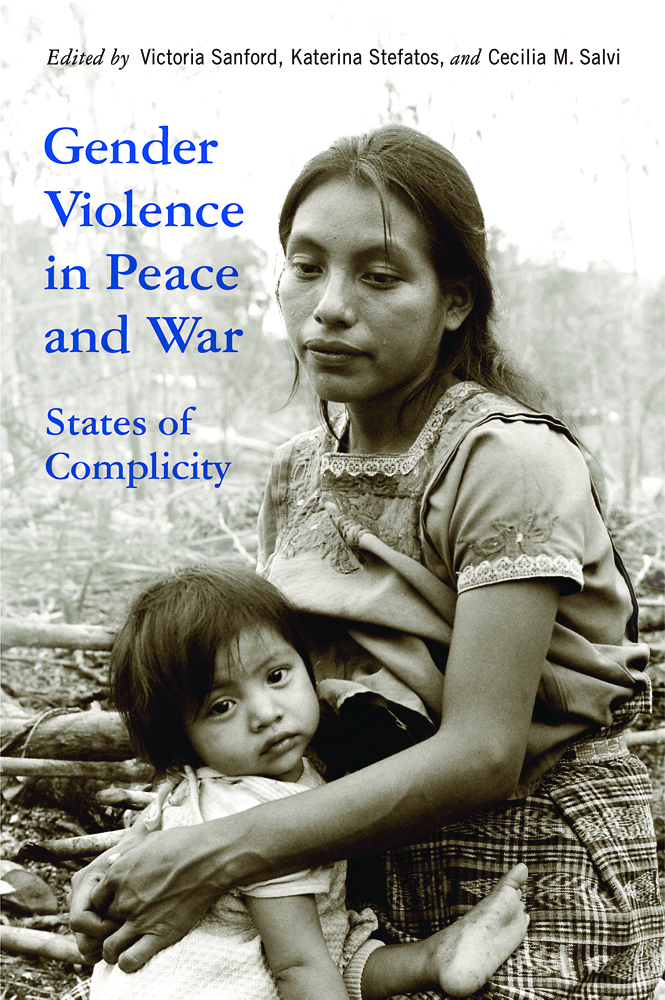
Gender Violence in Peace and War
States of Complicity
2016

A Rhetorical Crime
Genocide in the Geopolitical Discourse of the Cold War
2018
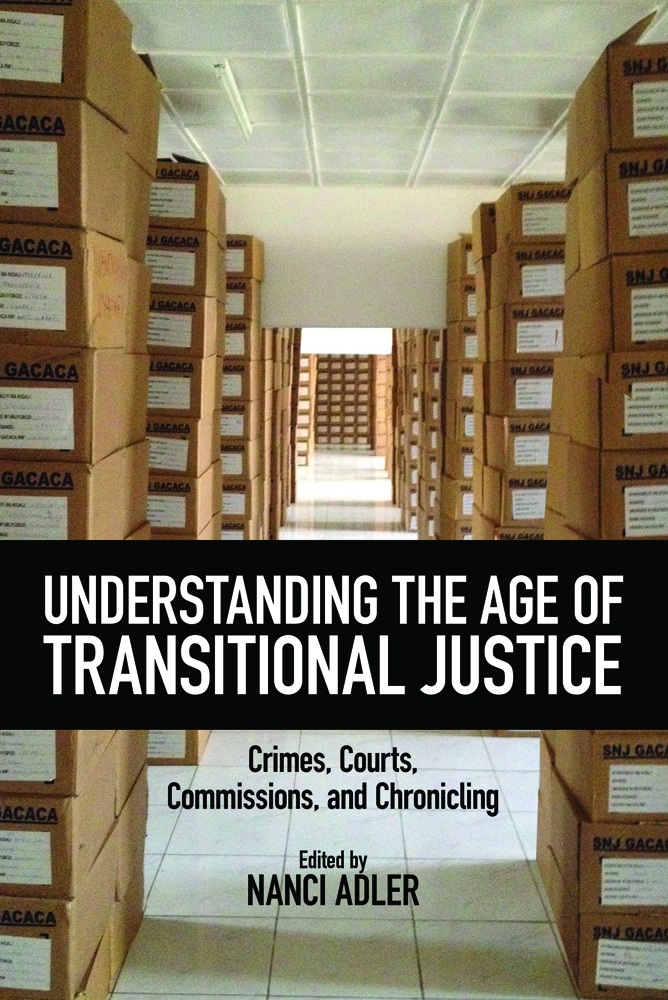
Understanding the Age of Transitional Justice
Crimes, Courts, Commissions, and Chronicling
2018

Beyond Repair?
Mayan Women's Protagonism in the Aftermath of Genocidal Harm
2019
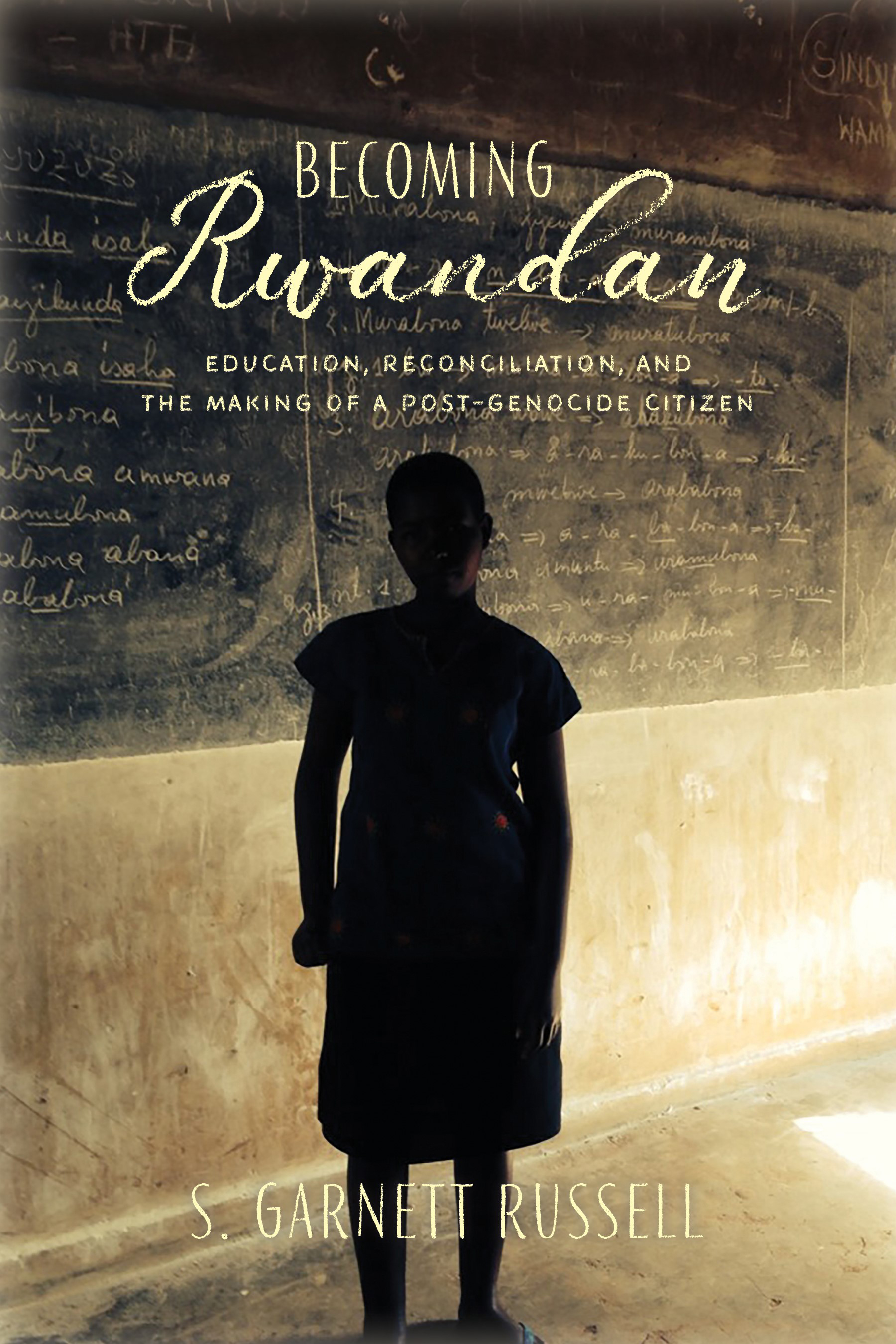
Becoming Rwandan
Education, Reconciliation, and the Making of a Post-Genocide Citizen
2019
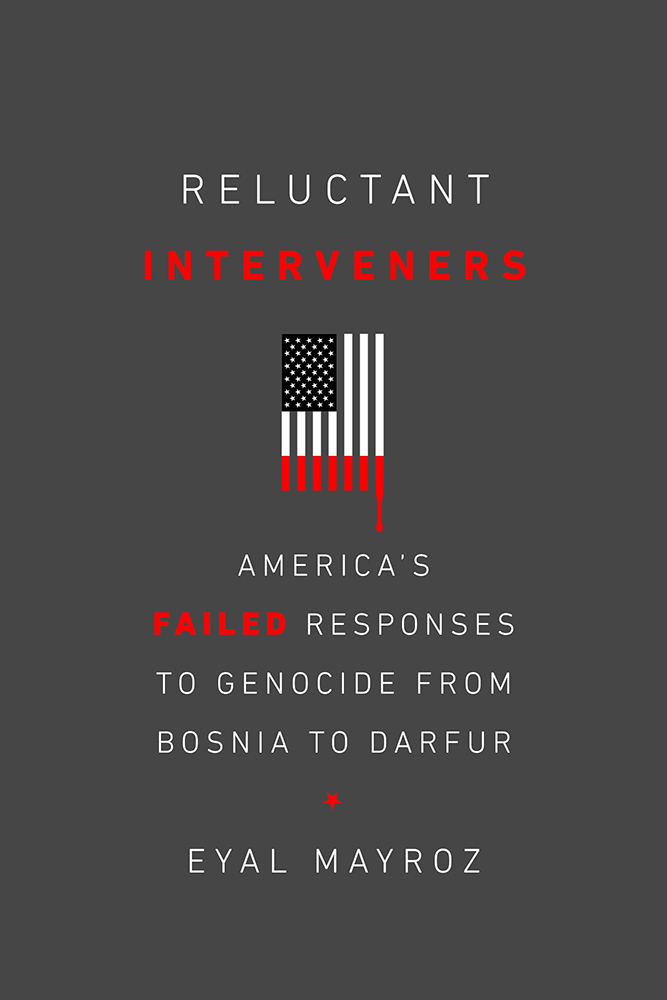
Reluctant Interveners
America's Failed Responses to Genocide from Bosnia to Darfur
2019
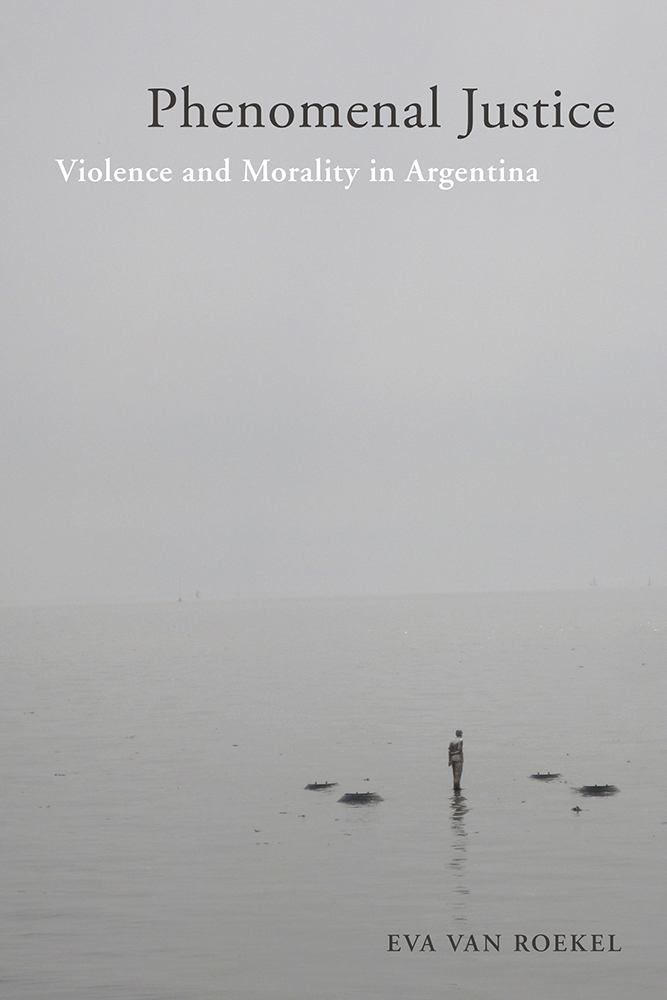
Phenomenal Justice
Violence and Morality in Argentina
2020
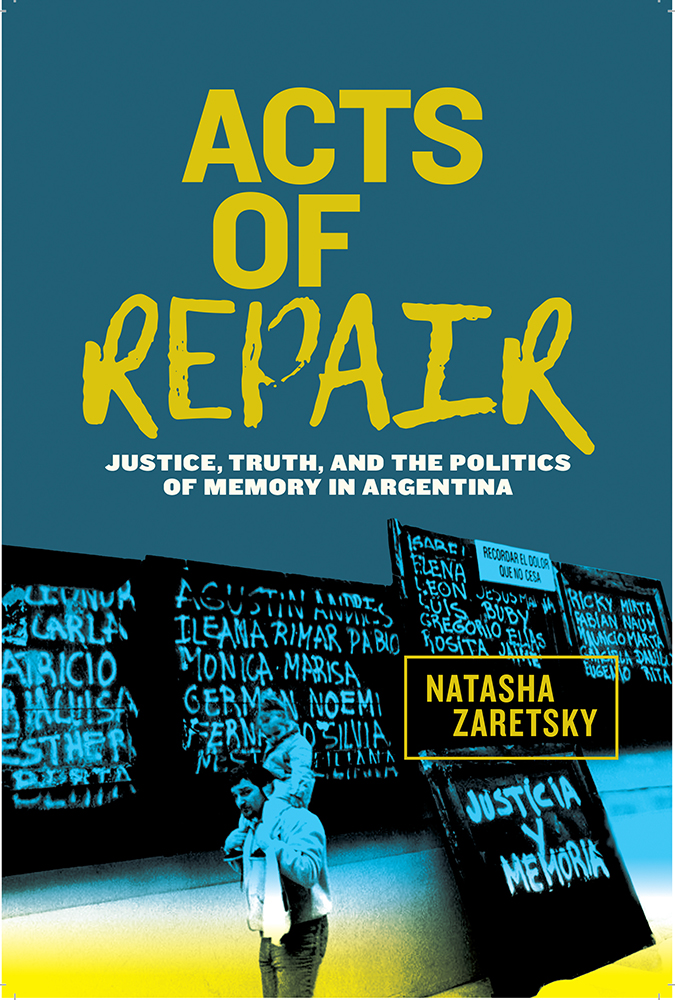
Acts of Repair
Justice, Truth, and the Politics of Memory in Argentina
2020

Korean "Comfort Women"
Military Brothels, Brutality, and the Redress Movement
2021
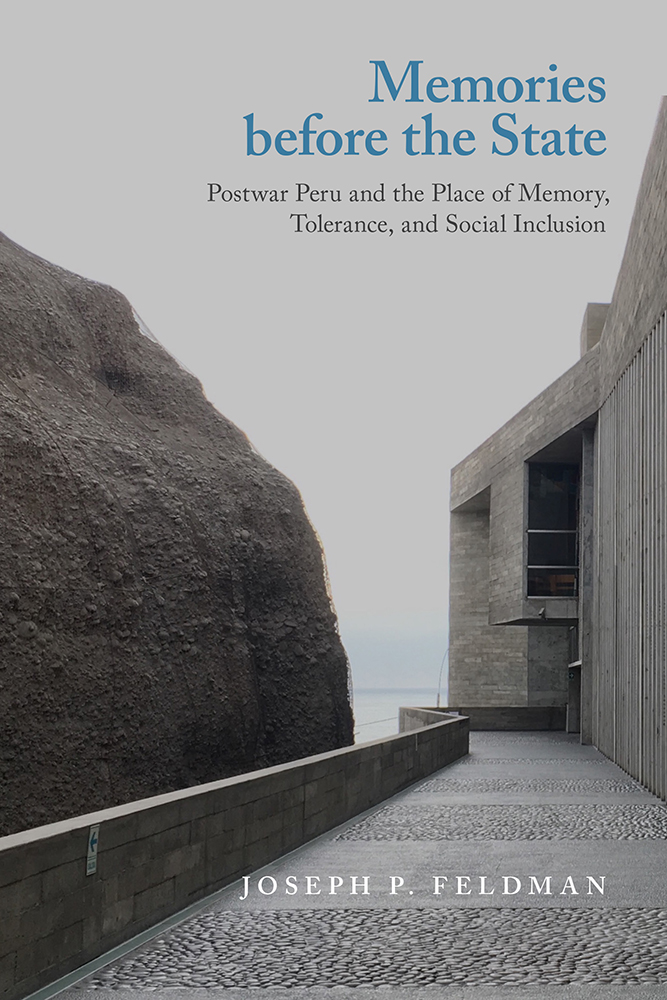
Memories before the State
Postwar Peru and the Place of Memory, Tolerance, and Social Inclusion
2021
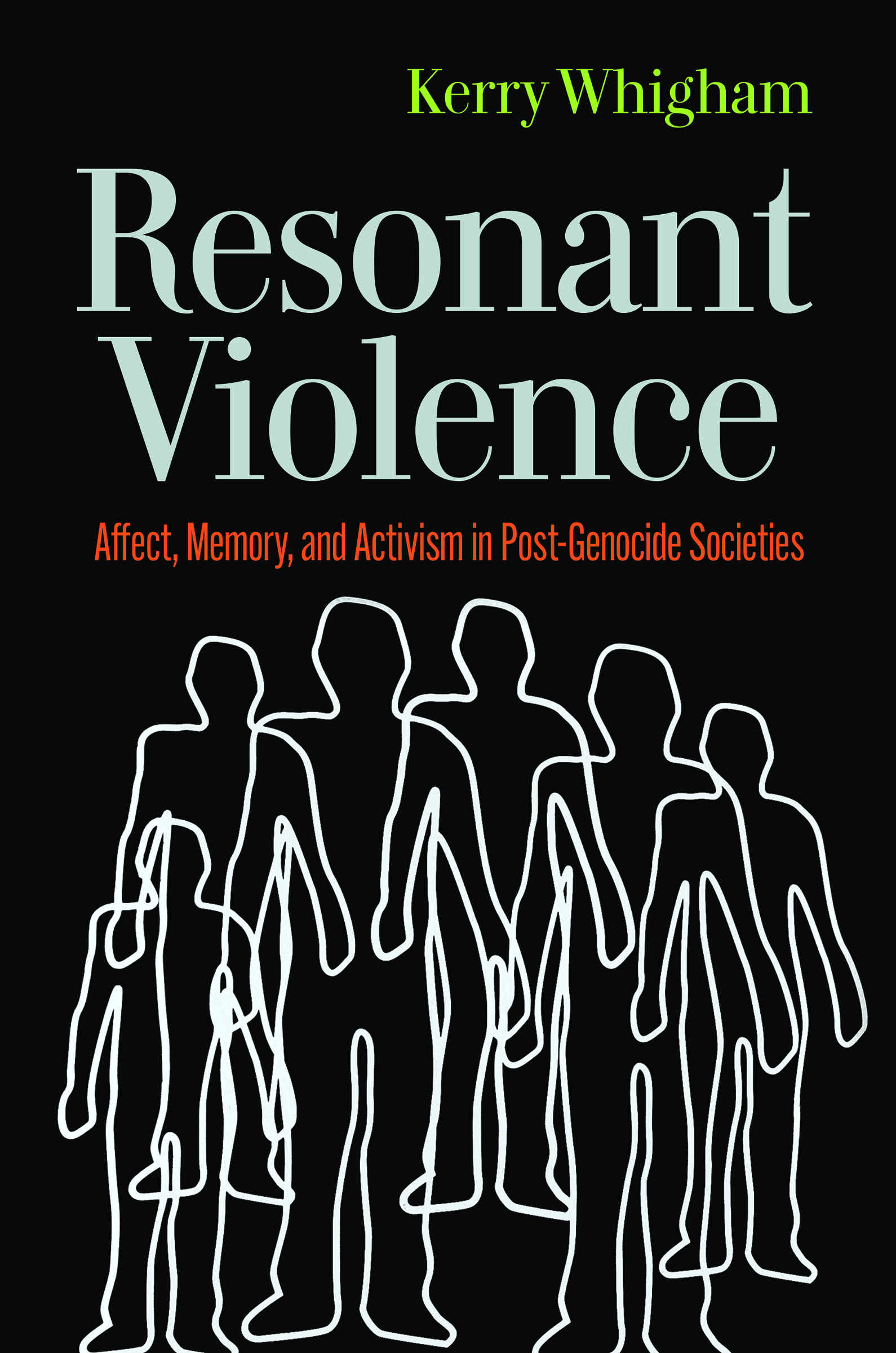
Resonant Violence
Affect, Memory, and Activism in Post-Genocide Societies
2022

From Bureaucracy to Bullets
Extreme Domicide and the Right to Home
2022

The Politics of Genocide
From the Genocide Convention to the Responsibility to Protect
2022